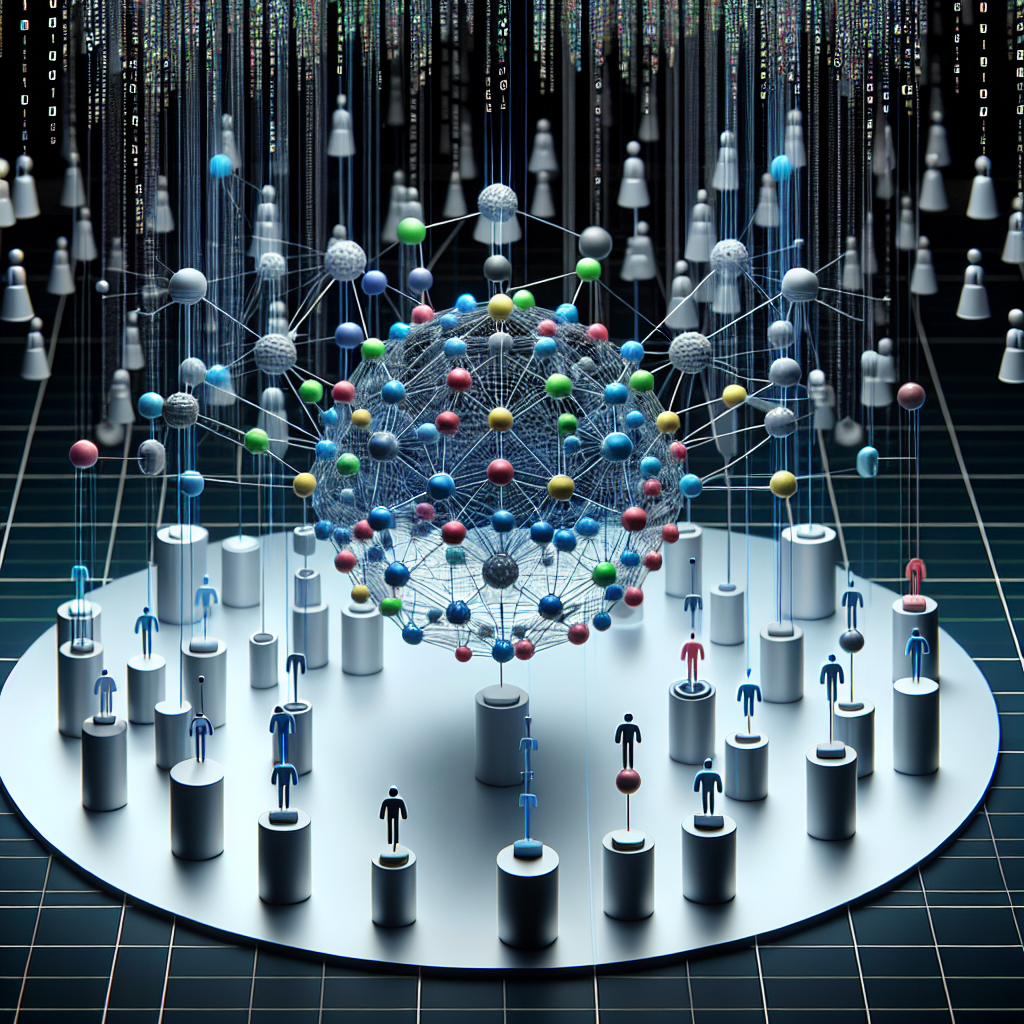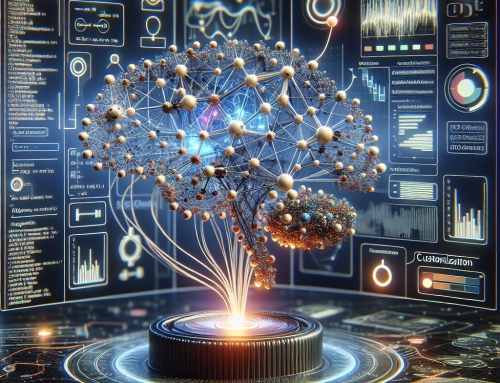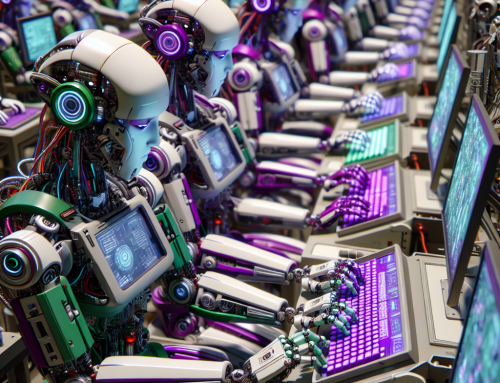
As artificial intelligence (AI) continues to advance, multi-agent systems (MAS) are becoming increasingly popular for solving complex problems. In a heterogeneous MAS, agents possess diverse capabilities, from navigation and object manipulation to resource handling. Optimizing the efficiency and productivity of such systems requires strategic task assignment, workload balancing, and improved cooperation between agents.
Task Assignment Strategies for Heterogeneous Multi-Agent Systems
Effective task assignment is critical in ensuring that each agent’s unique capabilities are leveraged to their fullest potential. Let’s dive into some of the most popular approaches for assigning tasks within a heterogeneous MAS:
1. Centralized Task Assignment
In a centralized task assignment system, a central controller decides which agent performs which task based on their capabilities and availability. This method ensures a high level of coordination, as tasks are carefully distributed, but it can become a bottleneck in large, complex systems where quick decision-making is essential.
- Advantages: Strong coordination and task control.
- Disadvantages: Scalability issues, slower decision-making in large systems.
2. Decentralized Task Assignment
In decentralized task assignment, agents autonomously decide which tasks to undertake. They rely on local information and communicate with other agents to optimize their decisions. This approach is highly scalable and less prone to central bottlenecks, but it requires complex decision-making algorithms to ensure tasks are allocated efficiently.
- Advantages: Scalability and flexibility in task assignment.
- Disadvantages: May require sophisticated algorithms to avoid inefficiencies.
3. Market-Based Task Assignment
A market-based task assignment system introduces competition among agents. Agents bid on tasks based on their capabilities and current workload, and the highest bidder takes the task. This system ensures that tasks are assigned to the most suitable agent, promoting resource efficiency.
- Advantages: Promotes competition and resource optimization.
- Disadvantages: Complex to implement and may create unequal task distribution.
Optimizing Task Assignment with Real-World Examples
- Autonomous Vehicles: Autonomous driving systems use decentralized task assignment to make real-time decisions about navigation, route optimization, and avoiding collisions.
- Robotic Assembly Lines: In manufacturing, market-based task assignment ensures robots handle specialized tasks, like welding, quality checks, or material transport.
Understanding Agent Skill Sets and Capabilities
Optimizing workflows in a heterogeneous MAS requires a deep understanding of agent capabilities. Typically, agents in these systems have specialized skill sets, which include:
- Navigation: Agents adept at navigating complex environments are ideal for tasks that require spatial awareness.
- Object Manipulation: Agents with strong object-handling skills are perfect for tasks requiring precision in assembly, sorting, or manipulation.
- Resource Management: Some agents specialize in managing resources like energy or raw materials, ensuring efficient system operation.
How to Optimize Agent Capabilities:
- Use skill-specific task assignment: Match agents to tasks that align with their strengths.
- Monitor agent performance metrics: Track each agent’s efficiency in their specialized role and adjust task assignments as needed.
Practical Application:
In healthcare systems, different agents handle specialized tasks such as patient monitoring, data analysis, and medication delivery, optimizing patient care and system performance.
Methods for Balancing Workloads in Multi-Agent Systems
Workload balancing is critical to preventing bottlenecks and ensuring all agents are utilized efficiently. When some agents are overloaded while others remain idle, system performance suffers. Below are methods that can help balance workloads across agents:
1. Load Balancing Algorithms
Load balancing algorithms dynamically allocate tasks to ensure that no single agent is overwhelmed. By continuously monitoring task progress and redistributing tasks as needed, these algorithms help maintain system efficiency.
- Advantage: Reduces agent idle time and prevents overload.
- Example: In an e-commerce fulfillment center, load balancing ensures that no single robot is overwhelmed with package deliveries, while others remain underutilized.
2. Priority Queuing
Priority queuing assigns tasks based on their urgency. Critical tasks are processed first, ensuring that essential functions are carried out without delay.
- Advantage: Ensures that urgent tasks are prioritized and completed first.
- Example: In autonomous vehicle fleets, critical safety maneuvers are given top priority, while non-urgent tasks like route optimization are queued for later.
3. Adaptive Scheduling
Adaptive scheduling continuously monitors agent workloads and makes real-time adjustments to task assignments. This dynamic process ensures that tasks are reassigned as agent workloads change, leading to better system performance.
- Advantage: Real-time adaptability prevents performance dips and ensures efficient resource use.
- Example: In large-scale AI applications like smart cities, adaptive scheduling can reroute agents in real-time to avoid congested areas or overloaded resources.
Improving Cooperation Between Specialized Agents
Cooperation between agents with diverse capabilities is essential for achieving complex goals in a heterogeneous MAS. Strong collaboration allows agents to leverage each other’s strengths, working together to accomplish tasks more efficiently.
1. Communication Protocols
Establishing clear and effective communication protocols enables agents to share data, status updates, and task progress. Good communication helps agents coordinate their actions and avoid conflicts.
- Benefit: Improved coordination and resource sharing.
- Example: In drone swarms, communication protocols allow drones to share information about obstacles, ensuring smooth navigation and task completion.
2. Collaboration Frameworks
Collaboration frameworks define the roles and responsibilities of each agent, ensuring that all agents understand their part in completing the overall system objectives. By formalizing interaction patterns, agents can work together more effectively.
- Benefit: Streamlined interactions and role clarity.
- Example: In healthcare robotics, collaboration frameworks assign specific roles, such as surgery assistance or patient monitoring, ensuring efficient task distribution.
3. Learning Mechanisms
Implementing learning mechanisms enables agents to learn from past experiences and improve their cooperative behaviors over time. By receiving feedback and adjusting their strategies, agents can enhance their future performance.
- Benefit: Continual improvement in agent collaboration.
- Example: In autonomous vehicle fleets, vehicles learn from previous traffic patterns and accidents to improve cooperation in avoiding collisions and traffic congestion.
Case Studies: Real-World Applications of Heterogeneous MAS
To understand how these strategies work in the real world, let’s explore a few case studies where heterogeneous MAS have been applied successfully:
1. Robotic Assembly Lines
In modern manufacturing, heterogeneous MAS optimize robotic assembly lines where different robots specialize in tasks like welding, assembly, and inspection. By utilizing task assignment strategies and workload balancing, these systems increase productivity and reduce downtime.
2. Autonomous Vehicles
Heterogeneous MAS in autonomous vehicle fleets help manage traffic flow, avoid collisions, and optimize routes. Each vehicle’s AI is responsible for different tasks, from navigation to communication, ensuring smooth transportation.
3. Healthcare Systems
In healthcare, heterogeneous MAS manage complex operations such as patient monitoring, data analysis, and robot-assisted surgeries. By assigning specialized tasks to different agents, hospitals can streamline operations and improve patient care.
Optimizing workflows in heterogeneous multi-agent systems requires a thoughtful combination of task assignment strategies, workload balancing, and improving cooperation between agents. By understanding the unique capabilities of each agent, leveraging appropriate task assignment methods, and fostering better cooperation, systems can achieve higher efficiency and productivity.
Whether you’re developing AI-driven robotics or improving healthcare systems, these strategies provide a solid foundation for creating effective and optimized multi-agent systems that can tackle the challenges of today’s world.






